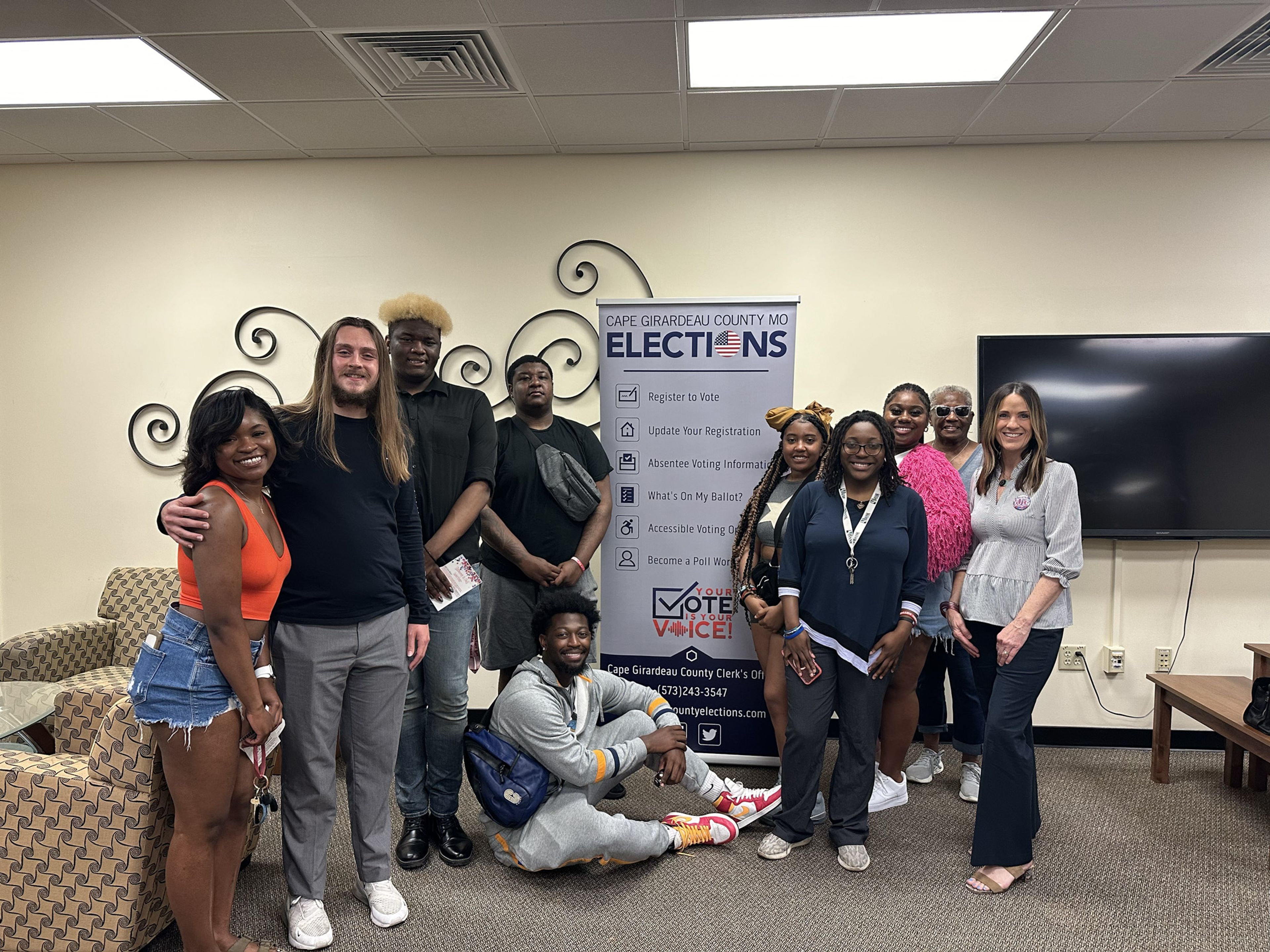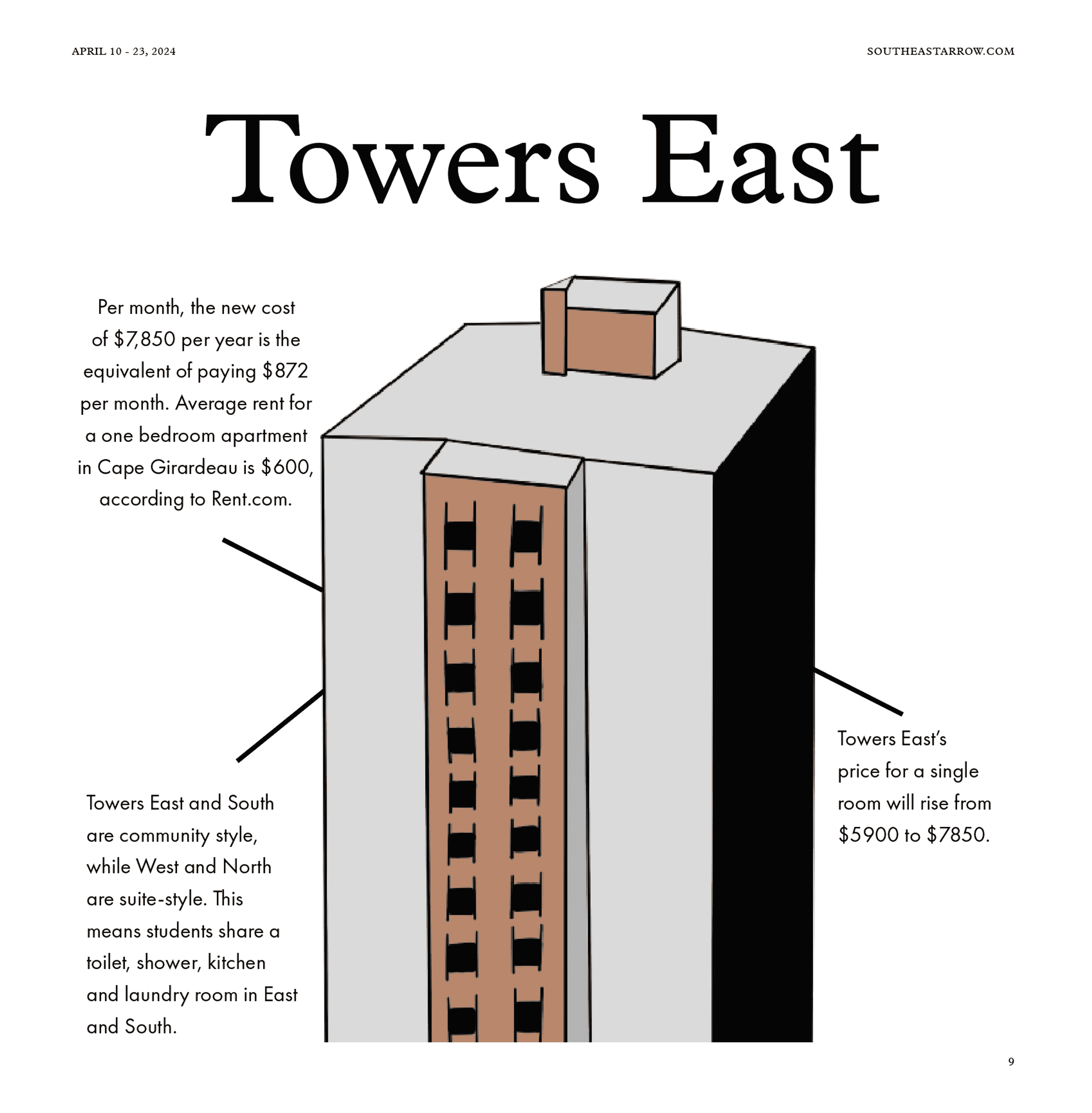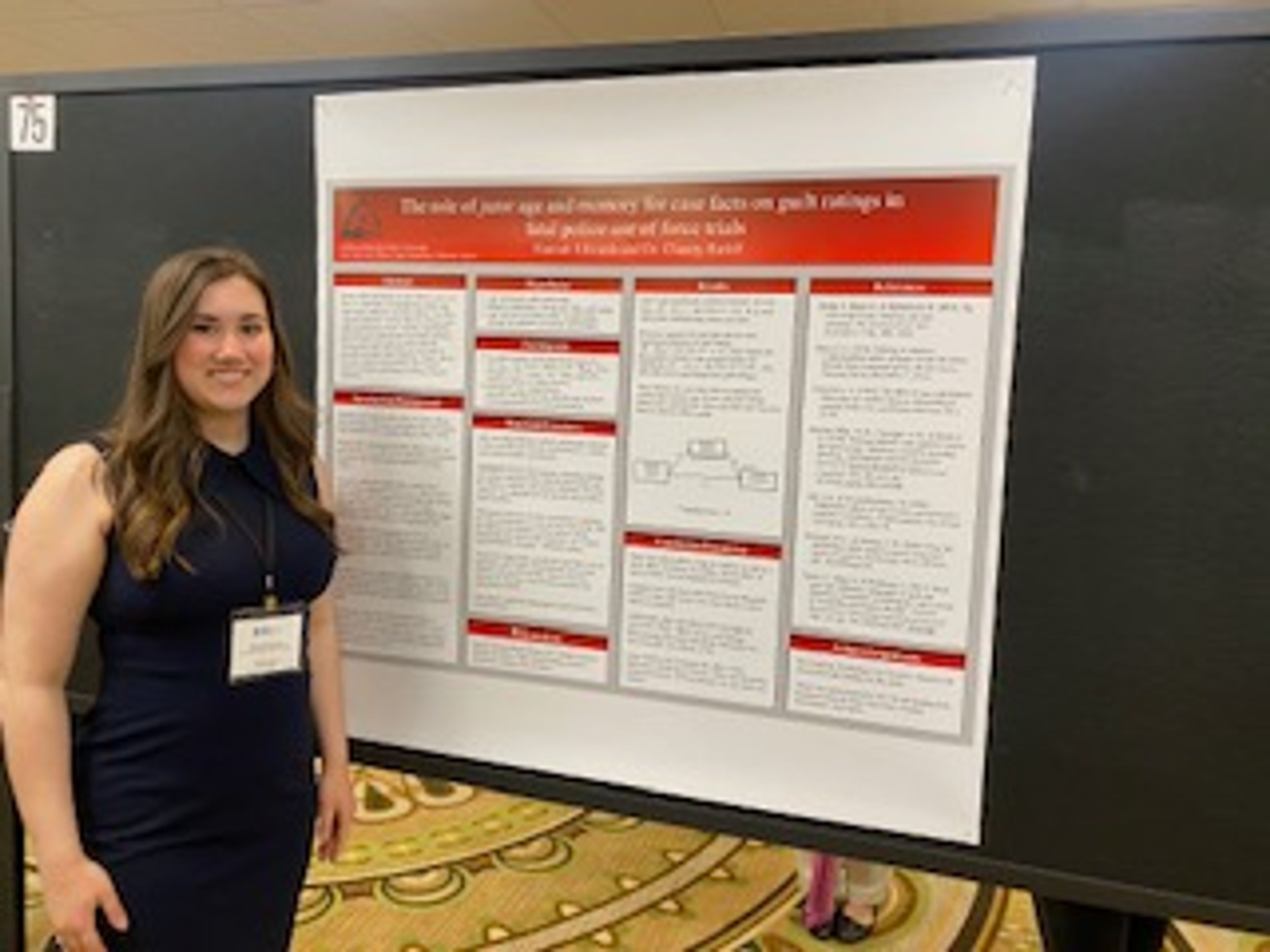The Southeast Missouri State University College of Education is currently providing surrounding school districts with over 180 student teachers.
The education program at Southeast consists of four different blocks that students must pass to earn their teaching degree. Students experience their first exposure in the classroom in block two and work their way up to block four where they can then begin their student teaching.
"Student teaching is a learning experience. It's so much different than other blocks where you go to the classroom only two or three times a week. Block four means you're there every day," Southeast student and student teacher Hannah Ward said. "Student teaching is just finally getting the chance to apply everything we've learned in the previous blocks and in our classes."
Block four students get the full teaching experience by being required to be there the entire day for every school day of the week.
"When the teacher checks in at 7:10 in the morning, they're there; or if the teachers have parent teacher conferences, our student teachers are there. It's really an immersive experience which helps them master the roles of a teacher," dean of the College of Education Diana Rogers-Adkinson said.
Each student is placed to teach in various schools around the area for each block. Ward now student teaches at Scott City Elementary School after previously being placed at elementary schools in Cape and Jackson. A part of the college's accreditation expectations is documenting how students experience the different surrounding schools.
"We're expected to always put students out in a variety of different experiences so that they get to experience different economic levels, different levels of diversity, different levels of disability and different climates of a school," Rodgers-Adkinson said.
Though most education students enjoy the different experiences they encounter teaching at various surrounding schools, adapting is not always easy. Ward expressed how difficult it was for her to gain respect from her current classroom of fifth graders in comparison to the other schools she taught at.
"I just had to go in there with the mindset 'I'm the teacher, and you're going to respect me as much as you respect the other teacher," Ward said. "It's taken a while to gain their respect, and I'm still not there yet, but they're fifth graders. It's going to be hard to fully gain fifth graders respect no matter what."
The student teachers are impacting the students in their classrooms and school districts as a whole in a major way. They are considered the primary educator of the students while the teacher acts as a supervisor or mentor. As the primary educator, student teachers are held accountable to make sure the students are mastering the knowledge that they're teaching them.
"If a student teacher isn't creating good lessons and those students don't do well on those standardized assessments, it has an impact on the child and it has an impact on the school in terms of their performance ratings," Rodgers-Adkinson said. "They've got to take it as seriously as if they were the classroom teacher and not just the student teacher."
To make sure student teachers are achieving this goal, they are evaluated on their performance throughout the semester in several ways. First, supervisors come in to observe the student teachers and provide feedback every two to three weeks. Second, students in block four must create a portfolio also known as the Pre-service Teacher Assessment (Missouri PTA), which shows how they develop lessons and how they adapted to the learning styles and diversity of the school. The Missouri PTA includes videotaping and self-reflection on their teaching and performance. It is scored off-campus by officials that will pass the portfolio by licensure. Last, student teachers are graded by the Missouri Educator Evaluation System which is an observational tool scored by the teacher and a university supervisor.
Though block four students typically have full reign of the classrooms with the teacher acting as an observer or mentor, the program is beginning the process of transforming into a co-teaching environment where the student teachers and teachers teach alongside each other which will begin in the fall. The dean hopes the new model will teach students collaboration with teachers where they are forced to discuss lessons plans. The ultimate goal is to help the students master more during their student teaching experience. The students being taught in the classroom will also benefit from two teachers working together to achieve more learning goals and establish better, well-discussed lessons.
Despite all the qualifications and observations students must pass to receive their teaching license, Southeast students are well prepared for block four. Students get extensive classroom exposure before they reach that point.
"I did feel prepared going into student teaching because we get a lot of in classroom experience at SEMO. In block two and block three you do lessons, you do work with the teacher and you do teach," Ward said. "All the classes to prepare us for this stage are 'how to teach this' or 'how to teach that'. They do prepare you very well here."




